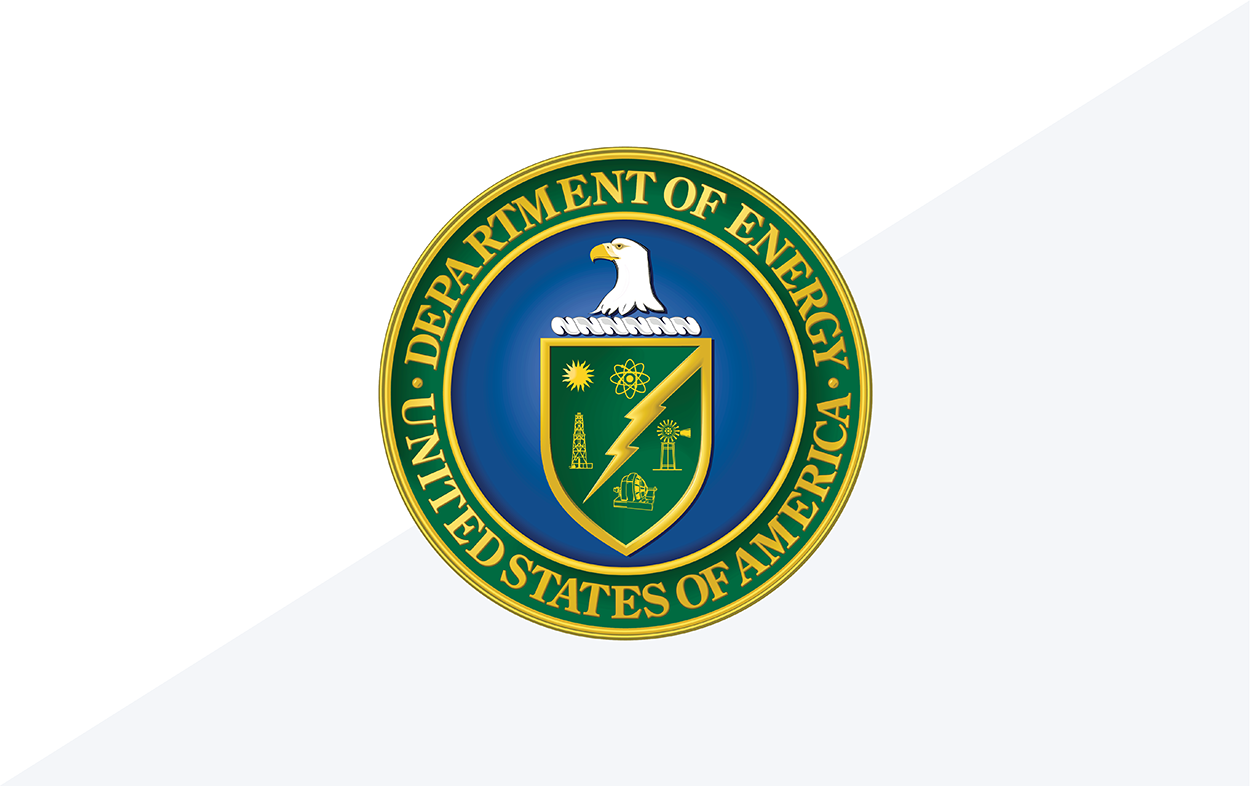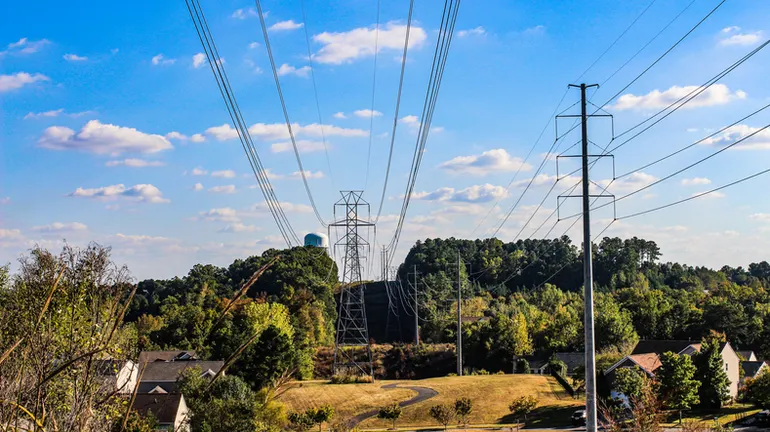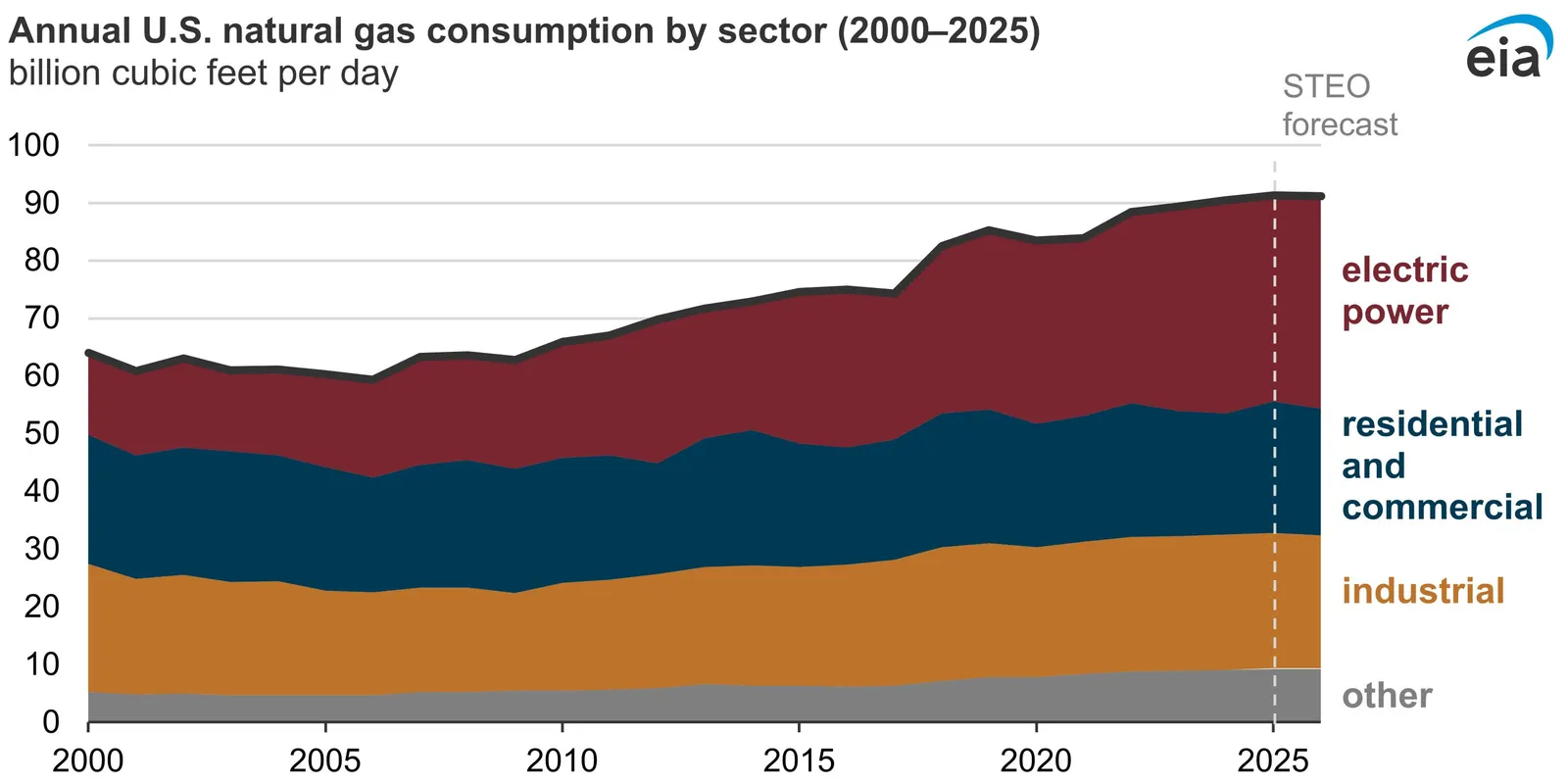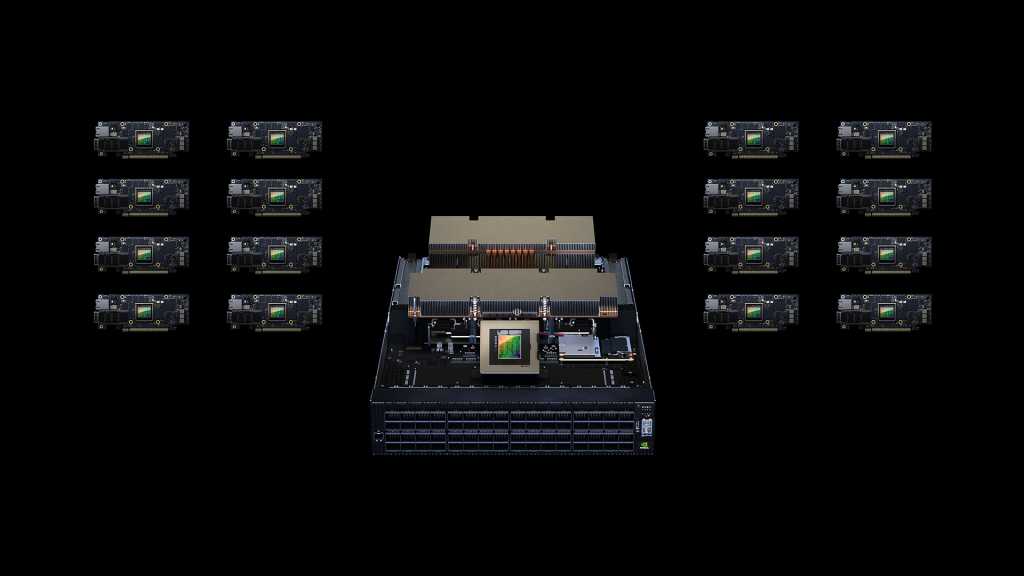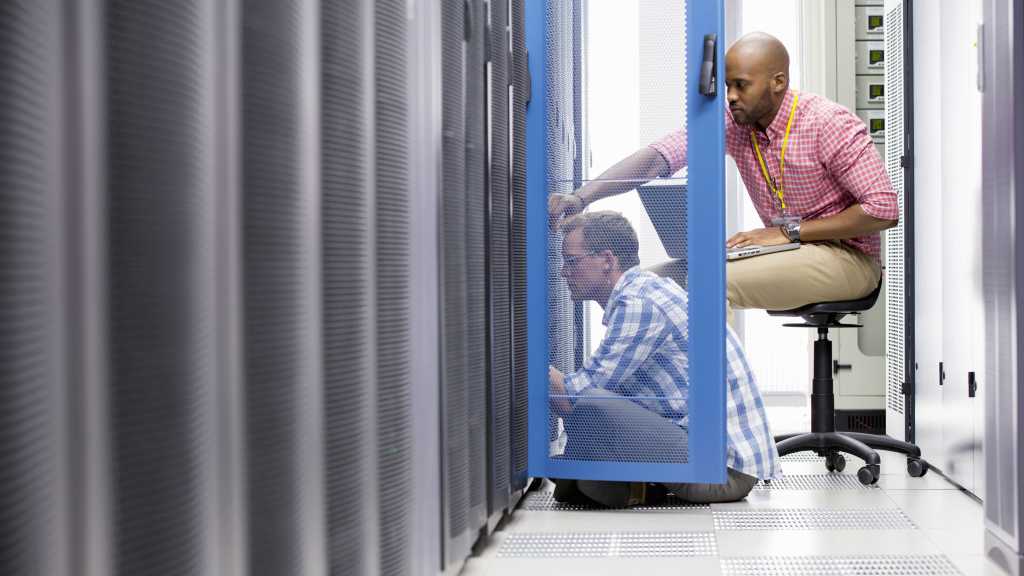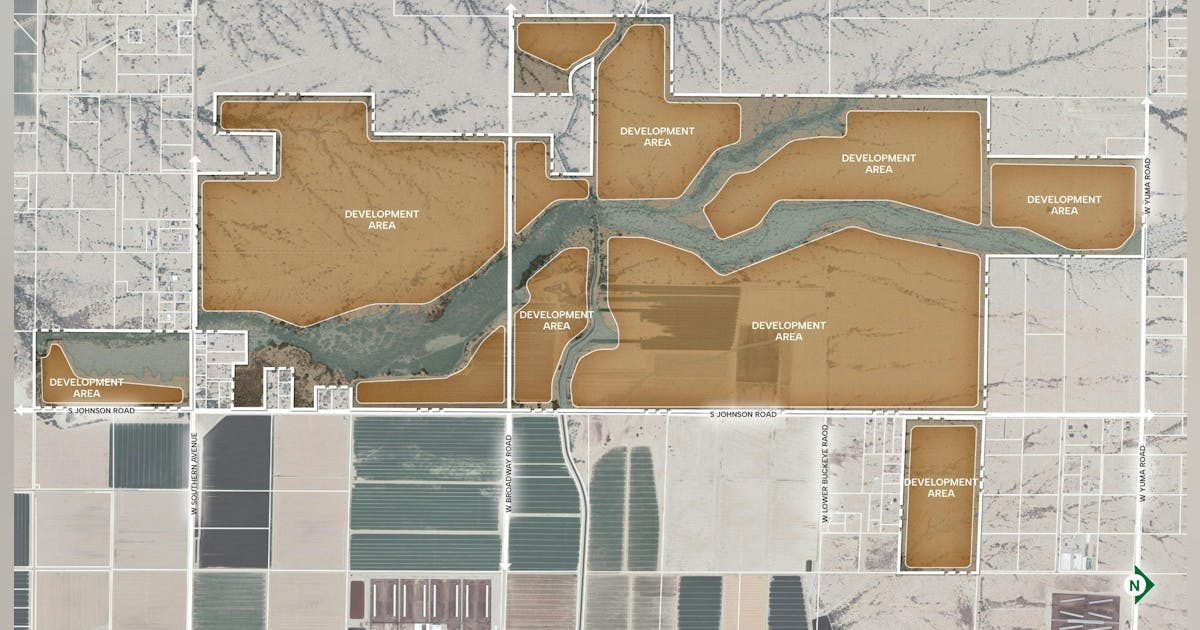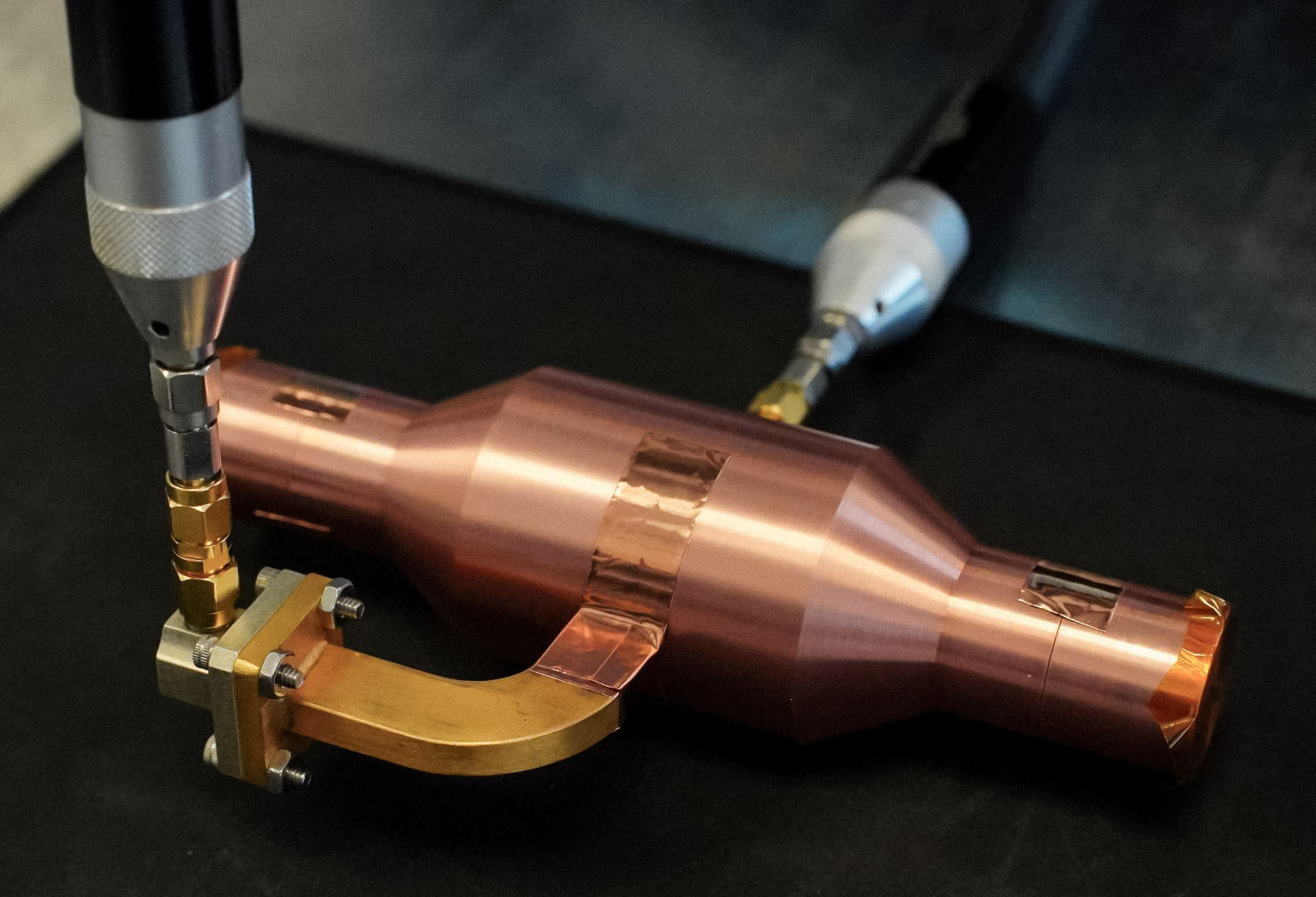
Further, Aaron stated that Marvis Actions offers automated remediations for IT-approved scenarios. Using a Human-in-the-Loop (HITL) trust model, customers can develop confidence over time, giving Marvis AI Assistant permission to automatically resolve problems such as:
- Correcting VLAN misconfigurations
- Shutting down ports to resolve network loops
- Upgrading noncompliant devices
- Handling routine policy updates and firmware compliance
- Resolving port-stuck issues and misconfigured access points
“Each action, whether initiated by IT or executed autonomously by Marvis AI Assistant, is validated post-remediation and logged in the Marvis Actions Dashboard. This maintains full auditability and HITL oversight while building trust through consistent, accurate results,” Aaron wrote.
Juniper also extended Marvis further into the vendor’s Apstra data center networking environment by letting the platform have access to Apstra’s contextual graph database, which maps the components in the data center including switches, routers, servers, links, policies and services.
The idea is to let the MistAI framework understand complex queries, break them into logical components, and iteratively query data sources to synthesize actionable responses, Aaron stated.
“This framework currently supports nearly 300 API queries. It will expand to enable autonomous service provisioning activities, incorporate additional data sources like elastic search, and enhance feedback mechanisms for continuous learning—critical steps toward fully self-driving data centers,” Aaron wrote.
In addition to the Apstra extension, Juniper is adding Marvis Minis capabilities to data center operations. Marvis Minis set up a digital twin of a customer’s network environment to simulate and test user connections, validate network configurations, and find/detect problems without users being present and without requiring any additional hardware, according to Juniper.







